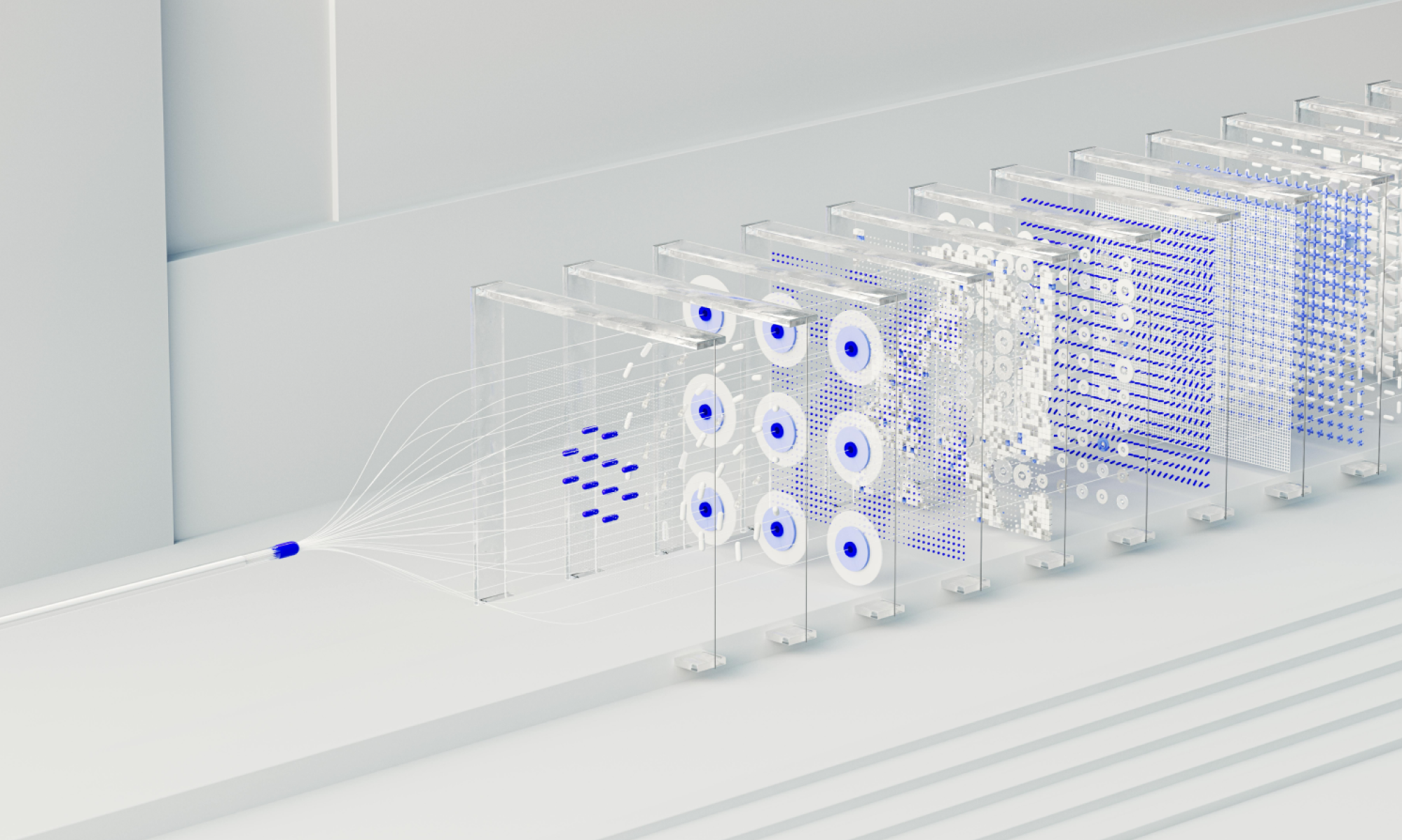AI
our blog
How AI Is Changing the Role of Junior Developers

AI is increasingly taking on the tasks once reserved for entry level developers, from drafting code to fixing simple bugs and accelerating delivery. Tools like GitHub Copilot and ChatGPT have made it possible to generate production ready snippets in seconds, reducing the time spent on boilerplate work and freeing up developers for higher- evel thinking. Where teams used to have a pyramid structure - with many juniors at the base learning through repetitive coding and clear progression paths - the landscape is shifting to a diamond shape, with fewer junior roles and stronger mid-level and senior oversight.
This change makes first principles more important than ever. Even as AI handles basic tasks, teams still need a deep understanding of core concepts to leverage these tools effectively. Without a grounding in computer science fundamentals, it becomes harder to evaluate whether AI-generated code is secure, efficient or even correct. Learning by doing is no longer automatic, so organisations must adapt training to preserve opportunities for juniors to develop problem solving skills rather than just coding ability. That might mean introducing more structured mentorship, simulated projects or code review sessions focused on reasoning rather than syntax.
It also changes how teams approach code review and mentoring. With AI generating or suggesting code, senior engineers spend more time guiding interpretation, validating outputs and teaching juniors to think critically about the solutions AI provides. This shift is already influencing engineering culture - code reviews are becoming more about logic and intent than line-by-line corrections. This creates a more strategic focus on quality, design and problem solving rather than repetitive coding tasks. It also encourages collaboration between human and machine, where developers learn to ask the right questions and refine AI suggestions instead of taking them at face value.
Companies need to rethink career progression and skill development. Junior developers must be given opportunities to engage with foundational concepts and gain experience in system thinking, architecture and product level problem solving. That could involve pairing juniors with product managers and designers early on, helping them see how technical decisions connect to user needs and business outcomes. This ensures that even as AI handles repetitive work, developers continue to grow into well rounded engineers who can take on more complex challenges over time. It also helps organisations build resilience - teams that understand the “why” behind the code can adapt faster as AI tools evolve.
At Studio Graphene, we’ve seen that AI accelerates delivery but doesn’t replace fundamental knowledge. Teams that stay grounded in first principles are better positioned to guide AI outputs, make sound decisions and nurture the next generation of developers. Our approach combines the speed of AI with a strong emphasis on human creativity and critical thinking, ensuring that learning and innovation go hand in hand.
Balancing AI efficiency with learning ensures junior developers continue to gain the skills and experience they need to grow, while the team as a whole can deliver faster and more effectively. As AI continues to evolve, the most successful engineering teams will be those that see it not as a replacement for junior talent, but as a catalyst for deeper learning and stronger collaboration.









